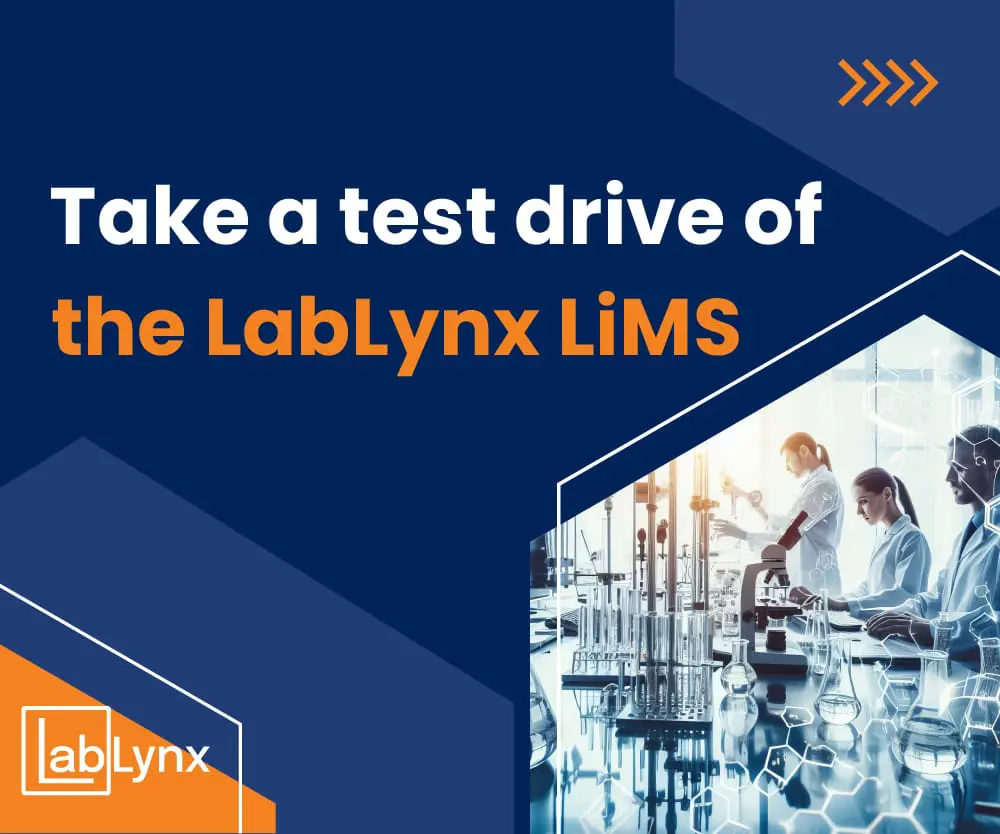LIMS for Entomology Labs: Transforming Insect Research and Pest Management
Entomology, the study of insects, plays a vital role in agriculture, public health, and environmental conservation. Whether researching insect behavior, identifying pests, or monitoring insecticide resistance, entomology labs handle vast amounts of complex data and intricate workflows. This is where a Laboratory Information Management System (LIMS) comes in, revolutionizing the way entomologists collect, manage, and analyze data.
Understanding the Unique Challenges of Entomology Labs
Entomology labs face distinct challenges compared to other scientific disciplines:
- Specimen Diversity: Entomologists work with a wide range of insect species, each with unique characteristics and life cycles.
- Large Sample Volumes: Insect collections often involve thousands of specimens, requiring meticulous tracking and organization.
- Field Data Integration: Research often involves collecting data in the field, which needs to be seamlessly integrated with laboratory data.
- Regulatory Compliance: Entomology labs may need to adhere to strict regulatory guidelines for pesticide testing, invasive species monitoring, and more.
- Collaboration: Entomologists often collaborate with researchers across different institutions and disciplines, necessitating efficient data sharing and communication.
How LIMS Streamlines Entomology Lab Operations
A LIMS tailored for entomology labs addresses these challenges head-on, providing a comprehensive solution for data management, workflow automation, and regulatory compliance. Here’s how:
-
Sample Management:
- Specimen Tracking: LIMS enables precise tracking of individual specimens, including collection details, preservation methods, and associated data.
- Taxonomy and Identification: Integrates with taxonomic databases to facilitate species identification and classification.
- Chain of Custody: Maintains a secure record of specimen handling, ensuring data integrity and traceability.
-
Workflow Automation:
- Experiment Planning: Helps design and schedule experiments, allocate resources, and assign tasks to team members.
- Data Collection and Entry: Streamlines data input from various sources, including field notes, microscopes, and genetic sequencers.
- Data Analysis and Visualization: Integrates with statistical tools and generates customizable reports for in-depth analysis and insights.
- Inventory Management: Tracks consumables, reagents, and equipment, ensuring availability when needed.
-
Regulatory Compliance:
- Data Integrity: Ensures data accuracy, completeness, and consistency, meeting regulatory standards like Good Laboratory Practices (GLP).
- Audit Trails: Maintains detailed logs of all data changes and user actions, facilitating audits and inspections.
- Reporting: Generates standardized reports in compliance with regulatory requirements.
-
Collaboration:
- Data Sharing: Facilitates secure sharing of data and results with collaborators across different locations and institutions.
- Communication: Provides tools for communication and collaboration, such as discussion forums and project management dashboards.
Choosing the Right LIMS for Your Entomology Lab
When selecting a LIMS, consider the following factors:
- Flexibility: Choose a system that can adapt to the unique needs of your lab and specific research areas.
- Ease of Use: A user-friendly interface is crucial for efficient adoption by your team.
- Integration Capabilities: Ensure the LIMS can seamlessly integrate with existing lab instruments and software.
- Vendor Support: Look for a vendor with a proven track record in the entomology field and excellent customer support.
Conclusion
A LIMS is a game-changer for entomology labs, streamlining workflows, improving data quality, and ensuring regulatory compliance. By investing in the right LIMS solution, you can unlock the full potential of your research, enhance collaboration, and contribute to advancements in the fascinating world of insects.

